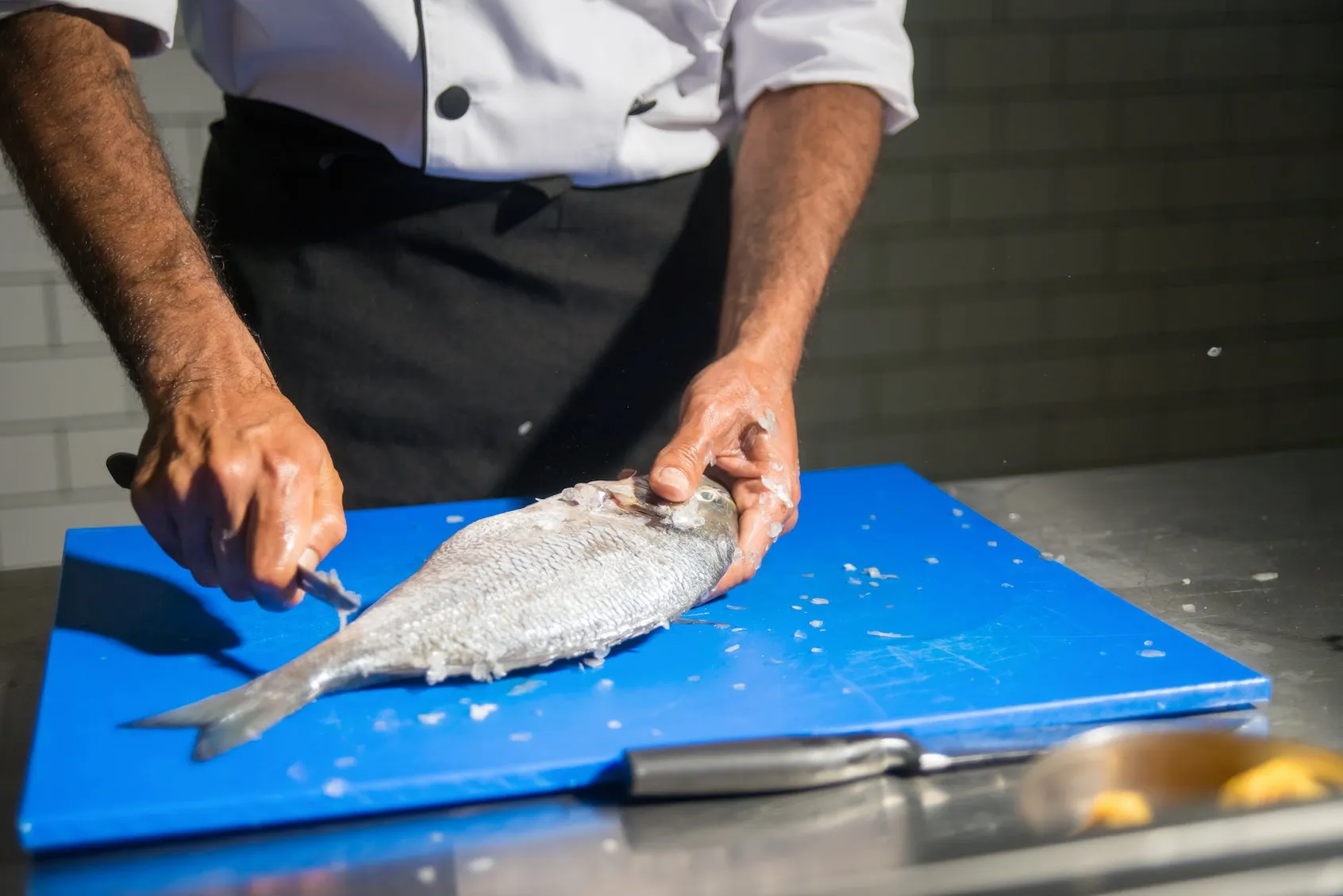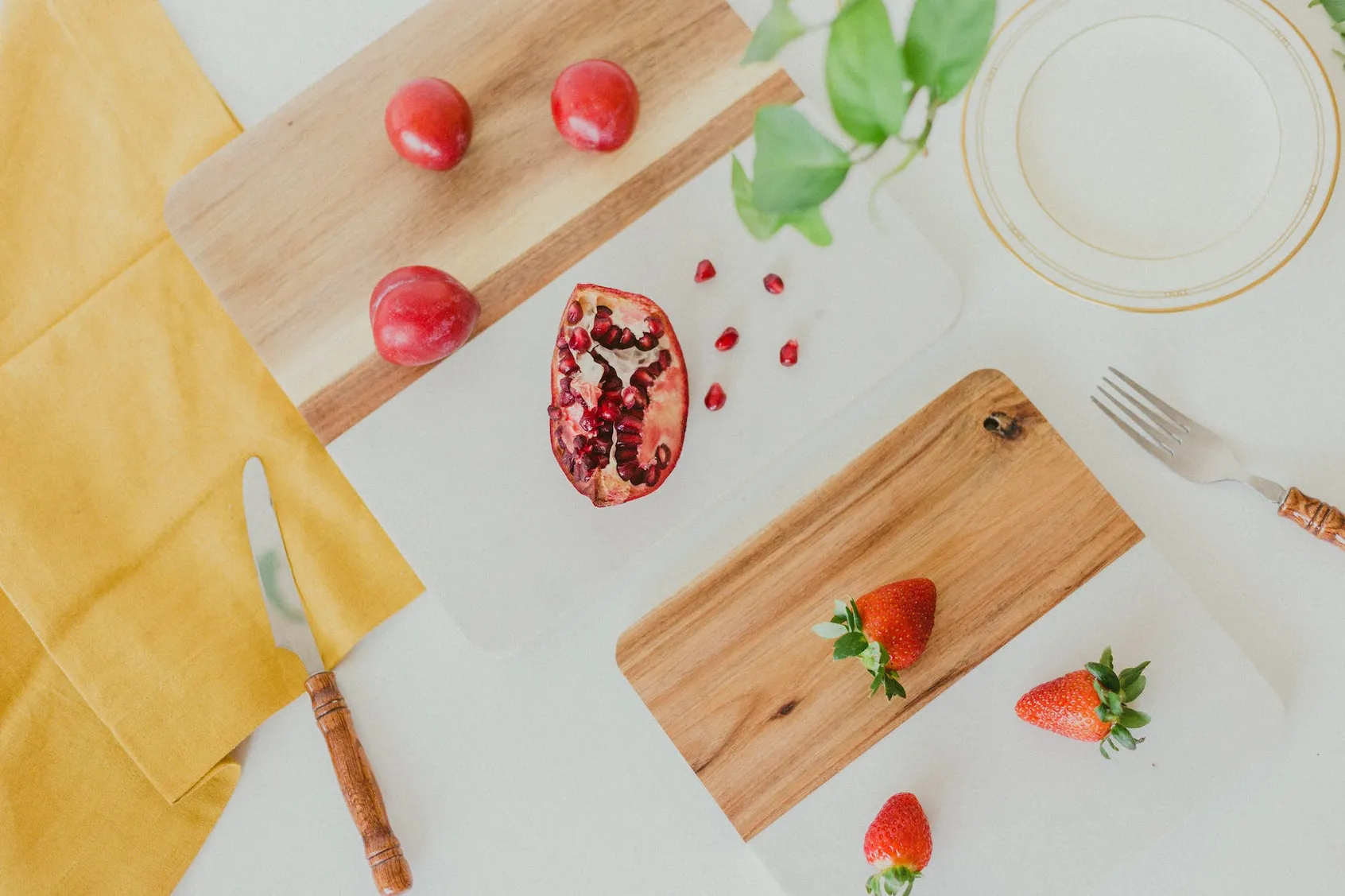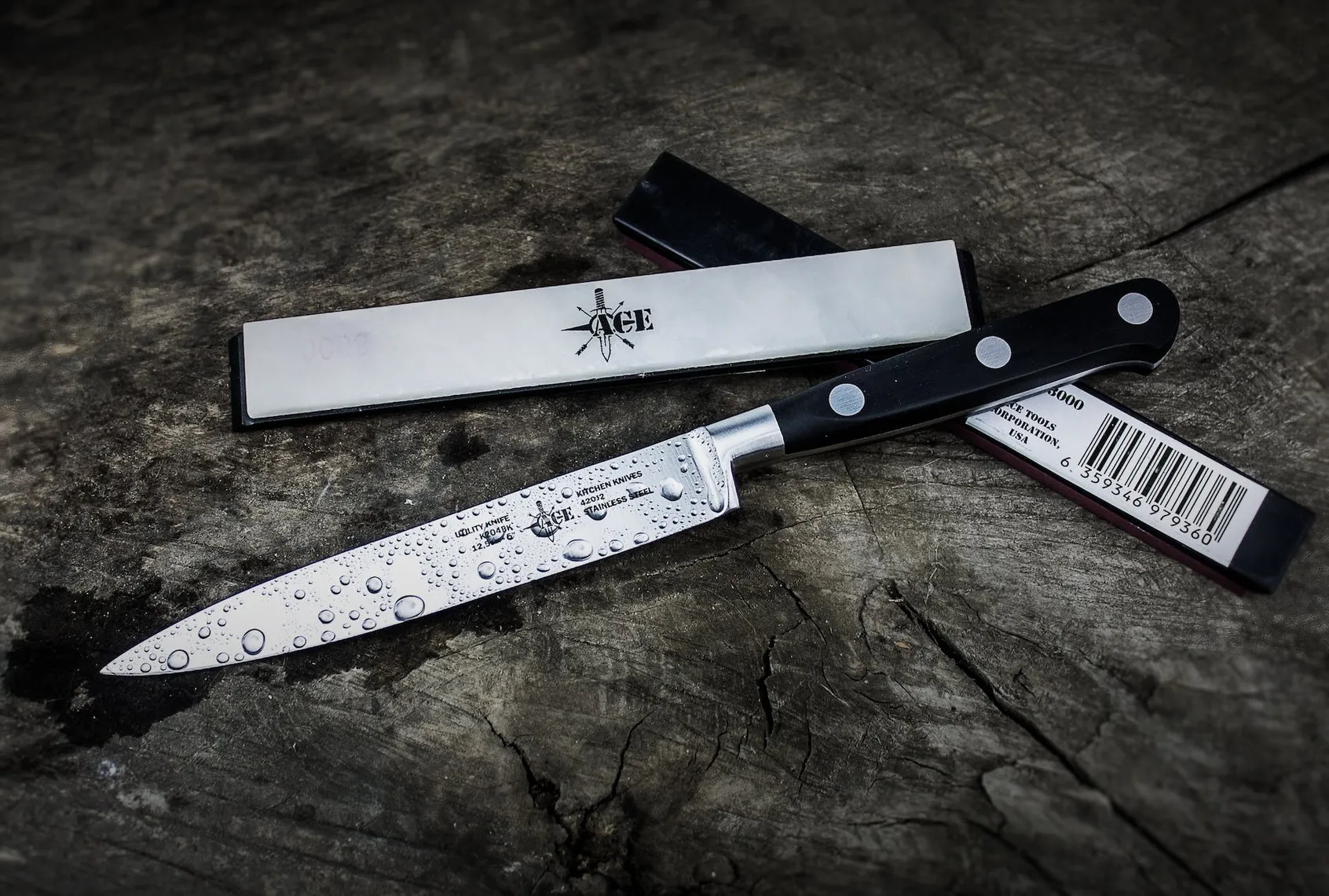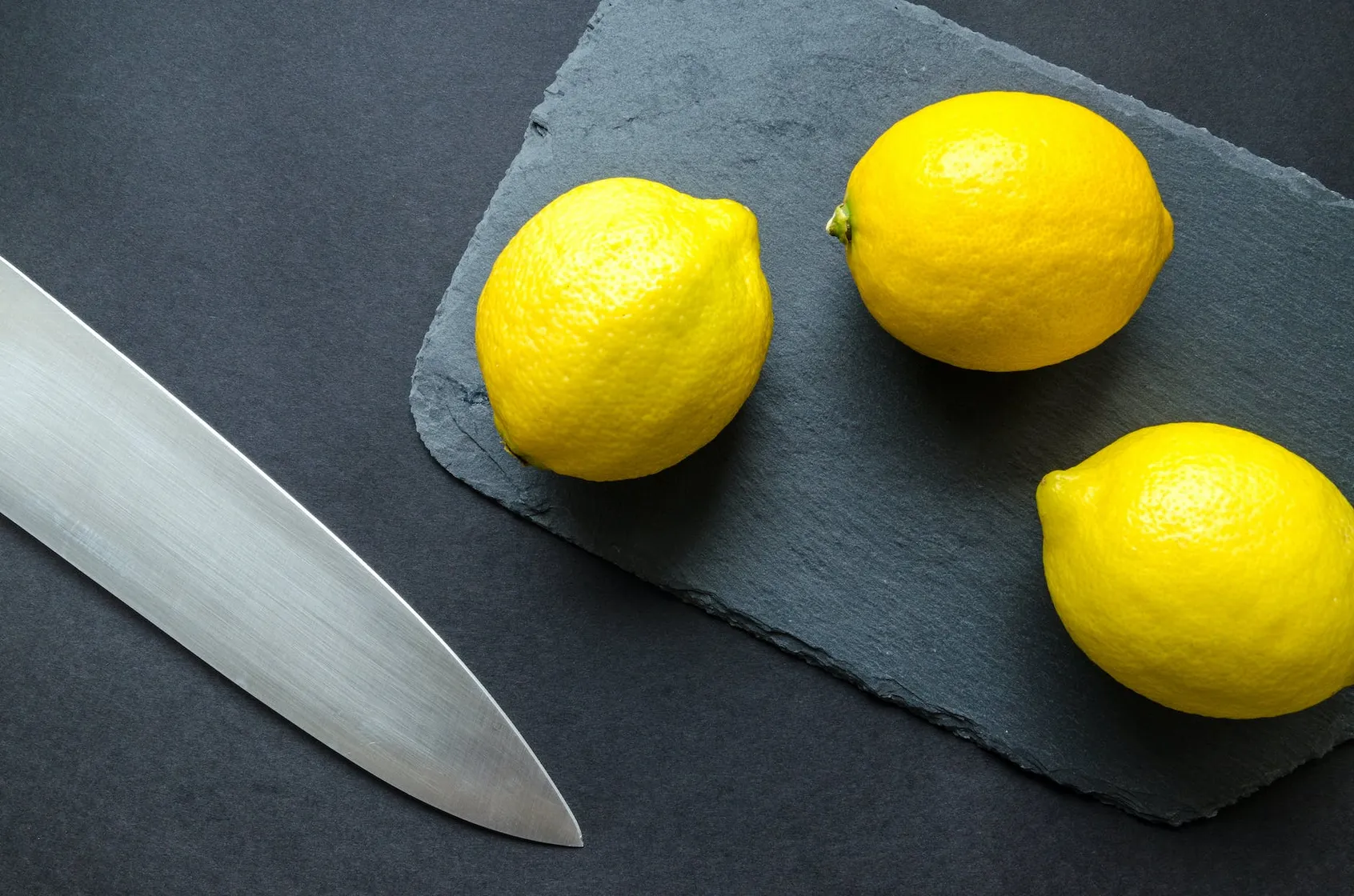Carrying a knife in the kitchen is essential to food preparation and can be necessary for many culinary tasks. However, handling a knife safely and with caution is important to avoid any accidents or injuries.
This step-by-step guide provides helpful instructions on how to safely carry a knife in the kitchen, including how to store and handle it properly. Follow these guidelines to ensure a safe and successful culinary experience.
How To Carry A Knife In The Kitchen?
Carrying knives safely is an important consideration when cooking in the kitchen. While the law allows you to carry a knife in the kitchen, it is important to know how to transport knives legally. The following steps will help you to safely carry a knife in the kitchen.
First, check the local and state laws for carrying knives. Depending on your location, there may be restrictions on the types of knives you are allowed to carry and where and when you can carry them. If you are unsure of the laws in your area, it is best to contact your local law enforcement agency for clarification.
Second, always use a sheath when transporting a knife. A sheath will help protect the blade from damage and will also aid in protecting you from accidental cuts. If you do not have a sheath, you can purchase one from various retailers or make one yourself.
Third, always keep the knife blade pointed away from your body and other people. This is important for both safety and legal reasons. Even if you do not intend to use the knife, having it pointed in the wrong direction could result in injury or even criminal charges.
Fourth, when carrying a knife, use a secure grip. This will help ensure the knife does not slip out of your hand and cause an accident. Additionally, never leave a knife unattended.
Finally, when storing a knife, it is important to ensure it is stored securely. This can include using a secure storage container or even a locking cabinet. This will help ensure the knife does not get into the wrong hands.
Following these steps, you can help ensure that you legally and safely transport knives in the kitchen. Additionally, it is important to remember that accidents can still happen even when using a knife safely. If you experience an accident, it is important to seek medical attention immediately.

Knife Types
There are many different kitchen knives, each designed for a specific purpose. Here are a few examples:
- Chef’s Knife: This is the most versatile knife in the kitchen and is ideal for chopping, slicing, and dicing various ingredients. It typically has a broad, curved blade and a sharp tip.
- Paring Knife: This small, lightweight knife is perfect for peeling and trimming fruits and vegetables. It has a pointed tip and a short blade that allows for precise maneuvering.
- Serrated Knife: This blade is most commonly used to cut bread but can also be useful for slicing through tough-skinned fruits and vegetables like tomatoes. It has a saw-like edge that helps grip the surface of the item being cut.
- Boning Knife: This narrow, tapered blade is designed to separate meat from bones easily. It can also be useful for trimming away fat and carving poultry.
- Cleaver: This large, heavy knife is used for chopping through bones and hard-skinned vegetables like squash and melons. It has a thick, rectangular blade that can double as a makeshift mallet for tenderizing meat.
Knife Safety Precautions
Kitchen knives are essential tools in any kitchen but can be dangerous if used incorrectly. Here are some safety precautions you can take when handling knives in the kitchen:
- Hold the knife by the handle to avoid accidentally cutting yourself.
- Keep your knives sharp. Dull knives require more force to cut, increasing the likelihood of slipping and cutting yourself.
- Use a cutting board to avoid damaging your countertops and to prevent the knife from slipping.
- Cut away from your body to avoid accidentally cutting yourself.
- Use the correct knife for the task. Each knife has a specific purpose, so use the appropriate knife for each task.
- Watch your fingers. Keep them curled under while cutting to avoid cutting yourself.
- Never leave knives in a water or dishwasher sink. This can cause the knife to become dull or damaged and be a hazard when reaching the sink or dishwasher.
- Store knives in a knife block or on a magnetic strip. This makes them easily accessible and keeps them out of reach of children or anyone else who might mishandle them.
Knife Maintenance
Proper kitchen knife maintenance ensures your knives stay sharp and safe for years. Here are a few tips to keep your kitchen knives in top condition:
- Clean and dry your knives after each use. Use a damp cloth to remove food residue and dry the blade to prevent rust and corrosion.
- Store your knives properly. Avoid storing knives so they touch each other, as this can damage the blades. Consider using a knife block or magnetic strip to store your knives safely and conveniently.
- Sharpen your knives regularly. Use a sharpening stone or honing steel to keep your knives sharp and performing at their best.
- Avoid cutting on hard surfaces. Knives on hard surfaces, such as glass or stone, can damage the blade and dull the edge. Use a cutting board or other soft surface instead.
Knife Storage
Depending on your available space, budget, and personal preferences, there are several options for storing kitchen knives.
- Magnetic knife strip: This is a popular option for those who want to keep their knives within easy reach. Magnetic strips can be installed on a wall or inside a cabinet, saving counter space and providing a sleek storage solution.
- Knife block: Knife blocks are a classic storage option that can be placed on a countertop or inside a cabinet. They usually come in wood or bamboo and have different sizes depending on the number of knives you have.
- In-drawer knife organizer: If you prefer to keep your knives in a drawer, organizer inserts are made specifically for this purpose. They are usually wood or plastic and have slots to keep your knives safely and easily accessible.
- Knife roll or case: A knife roll or case is a great option for those who frequently travel or have minimal storage space. They come in various sizes and materials and can be rolled up and stored away when unused.

Knife Handling Techniques
Knife handling techniques are an essential part of kitchen safety. It’s important to properly handle knives in the kitchen to avoid cuts, scrapes, and other accidents. Proper knife-handling techniques can help you be more efficient in the kitchen and keep you and others around you safe.
When using a knife, always keep your fingers away from the blade. Grip the handle firmly and use the fingertips of your other hand to guide the knife. Doing this will help you control the knife better and reduce the risk of accidental cuts. Ensure you always hold the knife with the blade facing away from you and other people in the kitchen. Additionally, never leave a knife unattended.
When cutting food, use a cutting board and make sure the blade is pressed against the board. This will prevent the blade from slipping. If you need to transfer the food to a plate or pot, use a spoon or spatula to push the food off the board. Try to avoid catching the food with your fingers.
When sharpening a knife, use a honing steel or stone. This will help keep the blade sharp, making it easier to cut through food. If a knife becomes dull, never use force to get it through food; this can cause the blade to slip, resulting in an injury.
Finally, always be sure to store knives in a safe place. A knife block or drawer is ideal, as it will keep the blade away from curious hands. Additionally, never store knives in a sink or near a stove, as you can easily forget they’re there and cause an accident.
Knife Sharpening
Sharpening is one of the most important steps in safely carrying a knife in the kitchen. A dull knife is more dangerous than a sharp one since it requires the user to apply extra force to cut, increasing the risk of the knife slipping and causing injury. To ensure the safety of everyone in the kitchen, it is important to sharpen knives regularly. Sharpening a knife requires a few simple steps.
First, selecting the proper sharpening tool for the knife is important. A sharpening stone is the most common method, but sharpening rods, steel, and electric knife sharpeners can all be used for this task.
Once the proper tool is chosen, the user should start by laying the knife flat on the sharpening surface and angling it at a 20-degree angle away from the body.
They should then draw the knife along the sharpening tool consistently, flipping it over and repeating the process on the other side. This should be done about 10 times for each side of the blade.
Once the sharpening process is complete, wiping the blade clean with a damp cloth and storing it safely away is important.
Taking the time to sharpen knives regularly is essential for any kitchen, as it will help to ensure the safety of everyone who uses them.
Cleaning Knives After Use
Cleaning knives after use is essential for safely carrying a knife in the kitchen. This is because improperly cleaning a knife can lead to bacteria and germs left on the blade and handle, which can then be transferred to food or other surfaces when the knife is used again. To ensure the hygiene of your kitchen, it is important to clean knives after each use properly.
The first step is to rinse the knife’s blade with hot, soapy water. It is important to use hot water to help kill any bacteria or germs that may have been left on the blade. Once the blade has been rinsed, use a clean cloth to dry it off. You can use a kitchen scrub brush to remove any remaining residue if the knife is soiled.
Once the blade has been rinsed and dried, the knife handle should be wiped down with either a damp cloth or a sanitizing wipe. This will help to prevent the transfer of bacteria and germs from the handle to the food or other surfaces.
Finally, the knife should be stored in a safe place, such as a knife block or a drawer, to help ensure that it is not handled by anyone else. It is also important to store the knife away from other kitchen utensils, as this can cause the blade to become damaged or dull.
These simple steps will help ensure that your kitchen knives are properly cleaned and safely stored, making them hygienic and safe to use.
Disposal Of Knives
Regarding kitchen safety, the proper disposal of knives is of utmost importance. Knives are sharp and can cause serious injury if not handled cautiously. Here are a few tips:
- Wrap the knife in several layers of newspaper or cardboard, securing it with tape. This will help keep the blade from coming into contact with anything during transport.
- Label the package as “sharp” or “knife” to let anyone who handles it know that the contents are potentially dangerous.
- Dispose of the wrapped knife in a sturdy container, such as a metal or hard plastic bin. Do not simply throw it into the regular trash; it could injure someone who handles it later.
- Some communities have specific guidelines for disposing of sharp objects, so be sure to check with your local waste management agency to see if there are any specific requirements or recommendations.

Choosing The Right Knife
When choosing the right knife, it’s important to consider several factors:
- Purpose: What will you use the knife for? Knives are designed for different tasks, such as chopping vegetables, filleting fish, or carving meat. Make sure you choose a knife that is appropriate for the task you need it for.
- Blade Material: Look for knives made from high-quality steel, which will be more durable and hold an edge longer. The type of steel used can vary, but some popular options include carbon steel, stainless steel, and Damascus steel.
- Handle: Choose a knife with a comfortable handle that is easy to grip. Handles can be made from various materials, including wood, plastic, and metal.
- Size and Weight: Consider the size and weight of the knife, as this will affect how easy it is to handle and use. For example, you may want a smaller, lighter knife if you have small hands.
- Brand and Price: Look for knives from reputable brands with a good reputation for quality. Prices can vary widely, but investing in a high-quality knife can be worth it in the long run.
Knife Accessories
Many different accessories are available for kitchen knives to help keep them sharp and in good condition. Some popular options include:
- Sharpening stones or honing rods are used to sharpen dull blades and keep them in top condition.
- Knife blocks and magnetic knife holders can help keep your knives organized and within easy reach while protecting them from damage.
- Blade guards or sheaths can help protect your knife blades when not in use and are especially useful if you need to transport your knives.
- Knife sharpeners can range from simple manual tools to more sophisticated electric sharpeners that can quickly and easily restore a sharp edge to your blades.
- Knife storage bags or cases are a great option if you need to transport your knives frequently or have a large collection that needs to be stored safely.
Ultimately, the type of accessories you choose will depend on your specific needs and preferences. Whether you’re a professional chef or simply enjoy cooking at home, investing in quality tools and accessories can make all the difference in the quality of your meals and your overall kitchen experience.
How To Carry A Knife Safely In The Kitchen?
Carrying a knife safely in the kitchen is important to avoid potential accidents. Here are a few tips to follow:
- Choose the right knife: Choose a knife that is appropriate for your task. Having a bigger knife than required may lead to accidents.
- Proper grip: Always grip the handle of the knife properly. The knife handle should fit comfortably in your hand, and you should have a firm grip.
- Keep the knife sharp: A dull knife is more dangerous than a sharp one since it requires more pressure to cut. Always keep your knife sharp.
- Use a knife block or magnetic strip: Avoid carrying the knife around the kitchen or trying to hold it while multitasking. Instead, use a knife block or a magnetic strip to store the knife securely.
- Cutting board: Use a cutting board to prevent damage to the surface beneath the cutting area and prevent the blade from prematurely dulling. While cutting, follow etiquette, always hold the food being cut away from the body, and keep the fingers out of harm’s way.
How Should You Carry A Knife Safely?
Carrying a kitchen knife safely is crucial to prevent accidents and injuries. Here are some tips for carrying your kitchen knife safely:
- Choose the right knife holder or sheath: Make sure you use a proper knife holder or sheath to cover the blade when carrying it. This will prevent accidental cuts and protect the blade from damage.
- Hold the knife by the handle: Always hold the knife by the handle and avoid touching the blade. This will reduce the risk of injuries and keep your fingers safe.
- Keep the knife close to your body: When carrying a kitchen knife, keep it close to your body and avoid swinging it around. This will help prevent accidental cuts and keep the knife under your control.
- Cover the blade with a cloth: If you’re transporting the knife in a bag or a box, cover the blade with a cloth or paper towel. This will prevent the blade from bouncing around and avoid damaging the knife or harming others.
Conclusion
In conclusion, carrying a knife in the kitchen requires careful consideration of safety and proper handling. The most important factor is to select the right knife for the job, as different types of knives are better suited to different tasks.
It is also essential to store the knife in a safe place, maintain it regularly, and keep your hands and the blade secure when carrying it. By following these steps, you can safely carry a knife in the kitchen and confidently complete your kitchen tasks.
Frequently Asked Questions:
How are you supposed to carry a kitchen knife?
Keeping the blade covered and pointed away from you and others when carrying a kitchen knife is important. The safest way to carry a kitchen knife is in a sheath or a protective material such as a kitchen towel. It is also important to ensure the knife handle is secure and that it is not loose or wobbly.
How do you walk with a sharp knife through the kitchen?
It is not recommended to walk with a sharp knife through the kitchen. The best practice is to carry the knife in a sheath or a security holder instead of walking with it in your hand. Additionally, it is important to pay attention to where you are walking and ensure that the knife is pointed away from you and other people in the kitchen.
Which is the safest way to handle a knife in the kitchen?
The safest way to handle a knife in the kitchen is to keep the blade pointing away from you, use a cutting board, and use the right size knife for the job. Keep the blade sharp, as a dull blade can be more dangerous than a sharp one. Finally, never leave a knife unattended, and always store it in a secure place.
How do you hold knives when moving around the kitchen?
When moving around the kitchen, holding knives with the blade pointing away from yourself and other people is important. It is also important to keep a firm grip on the handle and the blade from coming into contact with any surfaces.
What type of knife should I use in the kitchen?
The best knife to use in the kitchen is a chef’s knife. This type of knife is versatile and can be used for various tasks, from chopping vegetables to slicing meat. It typically has a curved blade designed to hold and use comfortably.
How should I store my kitchen knives?
Kitchen knives should be stored in a knife block, drawer tray, or magnetic knife strip. It is important to keep knives out of children’s reach and ensure that the knife block or drawer tray is kept clean and dry.
How often should I sharpen my kitchen knives?
Sharpening your kitchen knives at least once every six months is recommended. However, depending on how often you use your knife and the material of the knife, you may need to sharpen it more frequently.
Are there any special considerations I should take when using a kitchen knife?
Several precautions should be taken when using a kitchen knife, such as using a cutting board, using the appropriate knife for each task, sharpening the knife, cutting away from the body, keeping fingers away from the blade, and storing the knife safely.
